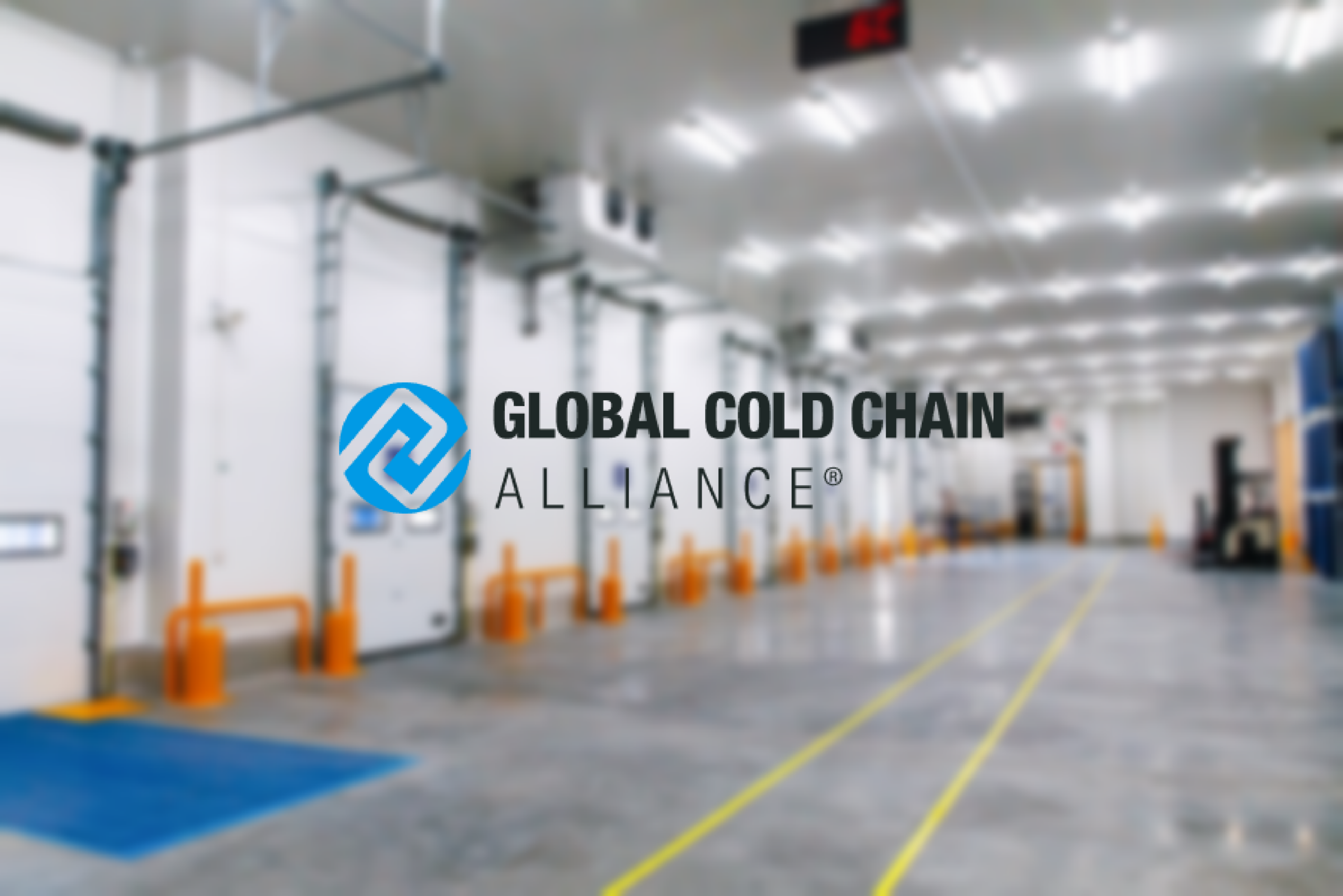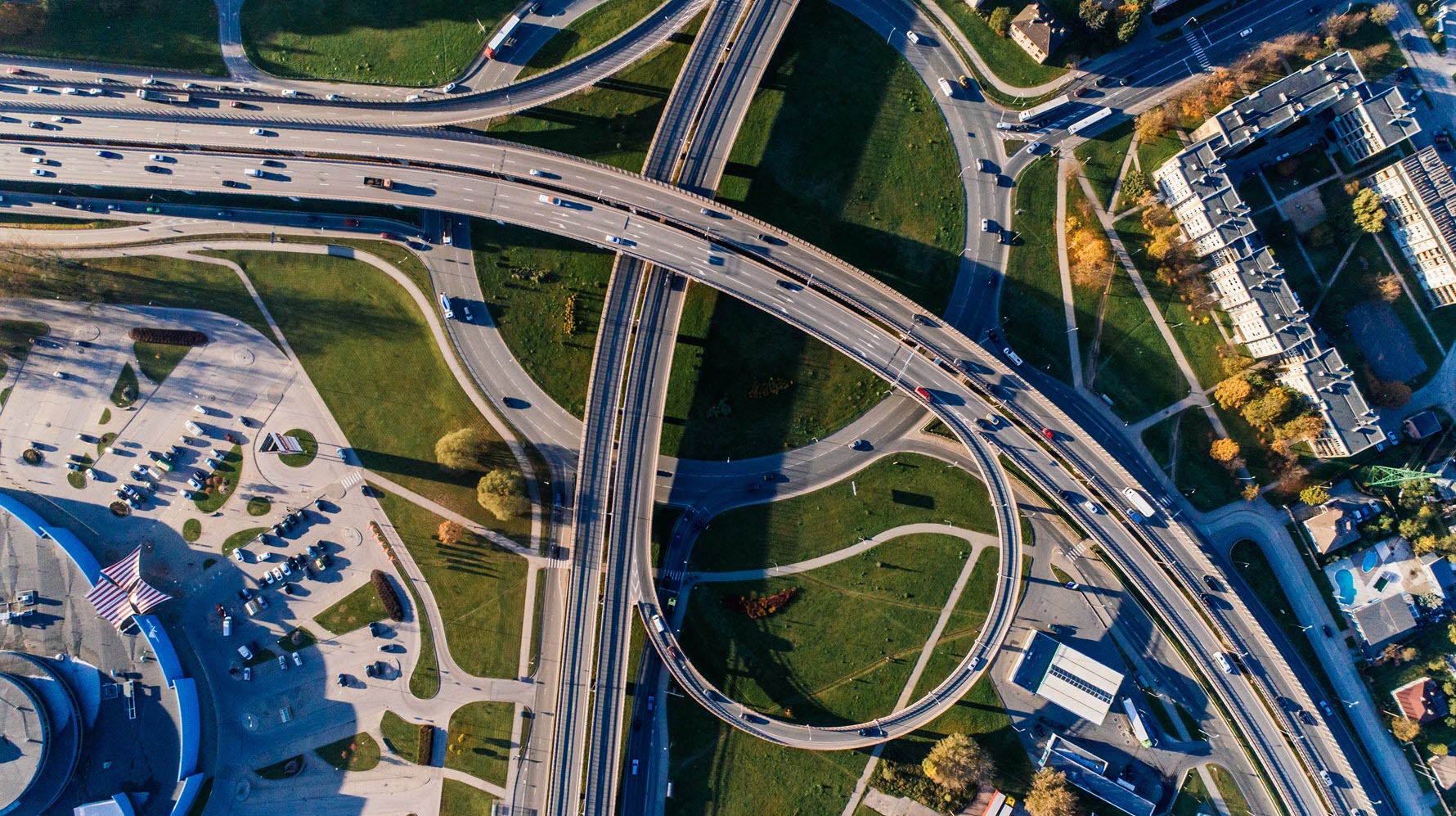
Blogs, Blogs
5 trends & developments for logistics service providers in 2019
Date
20 December, 2018
Reading time
6min. reading time
In the past few weeks, you may have bought presents, scratched your windows for the first time, and mounted the winter tires under your (semi) truck. This combination of activities can only mean one thing. It is December. For logistics service providers a busy month in which they close one year and prepare for the next. But in this busy period, it is rather difficult to read about all the trends and developments of 2019. To save you the trouble, in this blog we have listed the trends and developments for logistics service providers for you.
1. Turnover rises, but profit is decreasing
We start the enumeration with economic trends and developments. And to be a bit more specific, with the turnover developments. In ABN AMRO’s trend report last December, it becomes clear that Dutch logistics service providers are continuing their steady increase in turnover in recent year. This applies to both road transport (6%) and storage and transshipment warehouses (almost 10%). The expectation is that this trend will continue in 2019. In the Netherlands, assignments are increasing and the number of new warehouses is not much bigger than the number that was discontinued last year. Next year will be a financially good year again. At least, in terms of turnover.
But without a doubt, you have heard it several times or even experienced it from close by: the margins are wafer-thin and profit is therefore reduced. Transport companies are faced with rising costs and cannot pass on their costs to their customers. This led to price wars in 2018 and rose awareness throughout the entire supply chain. Statistics showed that in the third quarter more than 4% of the transporters saw profitability deteriorate. In fact, a survey from the Dutch transport branch association shows that 27% of the entrepreneurs do not make a profit and 10% even make loss. These are shocking figures. It is clear that something needs to happen in 2019. What is this like in your country?
2. Sustainability is increasingly becoming the basis
Another trend that we see more and more is sustainability. Where it has long been one of the main pillars in many sectors, sustainability is also taking on greater proportions in the logistics sector. For example, fully electronic trucks are slowly being introduced. Also, sustainable certified buildings are booming. Last year, Coolblue built the largest sunroof in the Netherlands. This is something we will probably see more in 2019. Or think about more LED lightning and better insulated, circular buildings. A side effect of focusing on sustainable buildings: the vacancy of logistics real estate is dropping. A positive trend that you might want to get involved with, because it is not only good for the environment, but also for your wallet in the long term. Do you already have sustainability plans for your fleet or warehouse?
3. Labor shortage remains a problem
In addition, many logistics service providers still have difficulty finding new staff. This is a problem that affects almost all sectors, but the logistics sector has been taking extreme forms for a considerable time now. In the Netherlands, the logistics labor market is in every region tight to extremely tight. This came out of a research based on outstanding vacancies in each region.
Moreover, the aforementioned ABN AMRO report tells us that 40% of the transporters indicates that the shortage of labor is an obstacle to growth. There is mainly a large shortage of drivers. The same applies to 25% of the warehouse entrepreneurs. It is not expected that the labor shortage will change soon.
4. Data as a driving force (KPI)
Next, we examine a technological trend. In 2018, Boltrics attended the ICT & Logistics fair in Utrecht. The first of the five themes was called ‘Big Data & Analytics’. The desire to centralize data in organizations is growing by the day. With central databases, everyone in an organization has access to the same source of information, which makes correct analyzes possible again. Measuring is knowing, so with these analyzes management can make informed decisions. We see more and more business analytics in our customers and other logistics service providers. Our customers do this with Microsoft Power BI, in which we have processed the most important KPIs for logistics service providers in pre-programmed dashboards and reports.
But as said, this is a trend that has been going on for a while. And therefore possibly no longer up-to-date for 2019. No, in the coming years data-oriented work will go more towards Artificial Intelligence. The difference between data analysis and Artificial Intelligence is in the predictive power of AI. Based on the past and registered trends, the system is smart enough to draw your attention to points of interest. Is the occupancy rate at the maximum, while last year around December suddenly a large number of orders came in? then the system gives you a warning so that you can take action on time. At the moment Microsoft is fully committed to AI and you instantly profit from this as a Dynamics user. We are at least very enthusiastic and almost cannot wait.
5. (Chain) collaborations and digital integrations
We end the sum-up with a positive development with a real ‘holiday feeling’. Togetherness, trust and joining forces. What has joining forces to do with the holidays, you ask? Think of a Christmas choir or a dinner where everyone is responsible for one course. Or a fireworks show for which the entire street contributes financially, instead of everyone lighting a few firecrackers separately. Wonderful results of joining forces.
The development I aim for is cooperation in general. Think of logistics companies that collaborate with each other, with IT companies and in a more active way with their customers. Or chains that get more overlap with each other, for example with the rise of construction hubs. And the rise of data integrations.
The latter is an important point. The major part of logistic companies works digitally. Each with its own system, with its own ‘language’. Including customs, for example. And these systems must communicate with each other. This requires data integration, or mapping, based on EDI technology. In the past year, much thought has been given to how this can be accommodated sector-wide. Boltrics has had the solution for some time now. With our DataHub you communicate effortlessly and securely with all connected systems and protocols (including AS2) at a monthly bundling rate according to usage. With this collaborative platform you can experience how easy and cost-effective data integration can be.
Boltrics is ready for 2019
Bolrics also looks back on a good year. Fortunately, we were able to welcome many new customers and help these companies with our software to get ready for the future. Also, we put time and energy in our solutions 3PL- and Nekovri Dynamics, which resulted in our development team together with our customers adding new functionalities to these solutions. Besides, almost every department got a new colleague and others made the next step within Boltrics. If all these Boltrics trends and developments will go on next year, is something we can only hope for. And we hope to do this with you. On behalf of all colleagues from Botlrics: thanks for the past year and we wish you happy holidays and a prosperous 2019!

